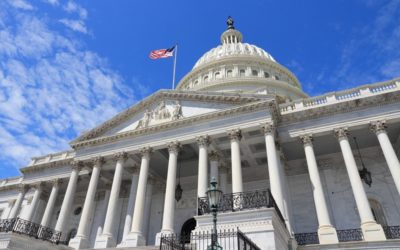A 401(k) plan is one of the best options available to help employees save for retirement. However, these plans will only be successful if managed properly. Below are tips for effective and efficient management of your company’s 401(k) plan.
Plan Management Responsibilities
Fiduciary Responsibilities
- As fiduciaries, you are responsible for the best interest of plan participants. The plan should have an oversight group that meets regularly to review plan features, monitor service providers, discuss investment options, and review processes related to the plan. Minutes of these meetings should be documented and maintained with other audit documentation.
Over-Reliance on Service Providers
- Plan management and/or trustees are required to monitor the management and performance of all service providers with which the plan has contracted. Plan management and/or trustees should make sure all responsibilities in all areas of the plan are clearly understood and stated between the plan fiduciaries and the plan service providers.
Plan Effectiveness
- It is important to educate your employees on the benefits and provisions of the plan. Knowing all of the options makes it easier for employees to enroll in the plan and subsequently increase their savings amount.
Fidelity Bond Coverage
- The Department of Labor requires those who handle retirement plan funds must be covered by a fidelity bond. This is not the same as the plan sponsor’s crime or D&O policy. The fidelity bond covering the plan must specifically name the plan as a covered party, cannot have a deductible, and must cover at least 10 percent of plan assets (with a maximum of $500,000 of coverage). The bond must also be issued by an authorized surety company. A list of these approved companies may be found on the Department of Labor website.
Plan Operations
Investment Policy Statement
- Your plan should maintain a written investment policy statement. This statement provides the general investment goals and objectives of the plan and describes the strategies the investment manager should employ to meet these objectives.
Discretionary Contributions
- Plan management should document any discussions and eventual decisions regarding discretionary employer contributions to the plan. Generally, this issue should be addressed annually.
Use of Forfeitures
- Forfeitures are typically used to reduce future employer contributions or pay reasonable plan expenses. Forfeitures may also be allocated among remaining participants as an additional contribution. The plan document will specify how forfeitures are to be used. Plan management should ensure forfeitures are utilized on a regular basis and in accordance with the plan document.
Required Minimum Distributions
- Required minimum distribution rules require a participant to withdraw a portion of his or her funds from the plan at a certain rate once they reach the later of age 70½ or retirement. Plan management should ensure participants and former participants are aware of this requirement so the required minimum distributions are timely paid.
Retirement Plan Audits
Personnel Files
- One of the focal areas of any retirement plan audit is the review of personnel files. Plan management should ensure these files are complete, including hire and termination date, pay rates, loan and hardship withdrawal support, and any other important benefit elections. Files should also be clean, organized, and consistent in order to ensure documentation is maintained to be in compliance with the plan document and all participants are treated consistently.
Transaction Documentation
- Two common areas where documentation can be lacking are hardship withdrawals and loan withdrawals. Hardship withdrawals must be specifically allowed by your plan document and must be for an immediate and heavy financial need of the employee. Hardship withdrawals are meant to be a last resort after all other resources have been used. Plan management is responsible for verifying these criteria and maintaining any documentation related to these withdrawals.
- Loan withdrawals must also be specifically allowed by your plan document. These withdrawals are commonly processed by a plan’s third-party administrator; however, plan management is still responsible for monitoring the status of these loans for default or early payoff. All documentation relating to loan withdrawals should also be maintained by plan management.
Questions?
Retirement plan compliance is complex, requiring help from trusted professionals who understand the challenges, rewards, and opportunities associated with effective retirement planning. For more information about the above tips or to learn about how we can help, please contact a Smith Schafer professional.



